This book employs both ethnographic and secondary, archival data, drawing on a rich, fascinating trove of original material from the pre-1940s to the present day. It offers a unique historiographic study of twentieth century Methodist missionary work and women’s active expression of faith, practised at the critical confluence of historical and global changes. The study focuses on two English Methodist missionary nursing Sisters and siblings, Audrey and Muriel Chalkely, whose words and experiences are captured in detail, foregrounding tumultuous socio-political changes of the end of Empire and post-Independence in twentieth century Kenya and South India.
This work presents a timely revision to prevailing postcolonial critiques in placing the fundamental importance of human relationships centre stage. Offering a detailed (auto)biographical and reflective narrative, this ‘herstory’ pivots on three main thematic strands relating to people, place and passion, where socio-cultural details are vividly explored. 
This book pays tribute to our former colleague, Professor Fran Biley. As part of a wider oral history project entitled “Memories of Nursing” Fran Biley interviewed two British sisters who had retired to the South of England. The two sisters, Muriel and Audrey, followed very similar missionary career paths in two different former British colonies. Two sisters spent a total of 54 years working as Methodist missionaries in India and Kenya, one as a nurse, the other as a midwife. Fran collected over 10 hours of interview data, as well as old videos, a suitcase of 35mm slides, albums full of old photographs, letters and personal papers from the two sisters. Unfortunately, Fran died far too young in November 2012, before the rich data could be analysed. Sara conducted further extensive interviews with Muriel and others who knew them, as well as undertaking a huge detective hunt to find a considerable amount of secondary data pertaining to the sisters and other Methodist missionaries across UK archives. I am glad to be able to report that Dr Muriel Chalkley, whose life is portrayed in the book, received an Honorary Doctorate from Bournemouth University in recognition of her services to nursing.
Prof. Edwin van Teijlingen
Centre for Midwifery & Women’ Health (CMWH)
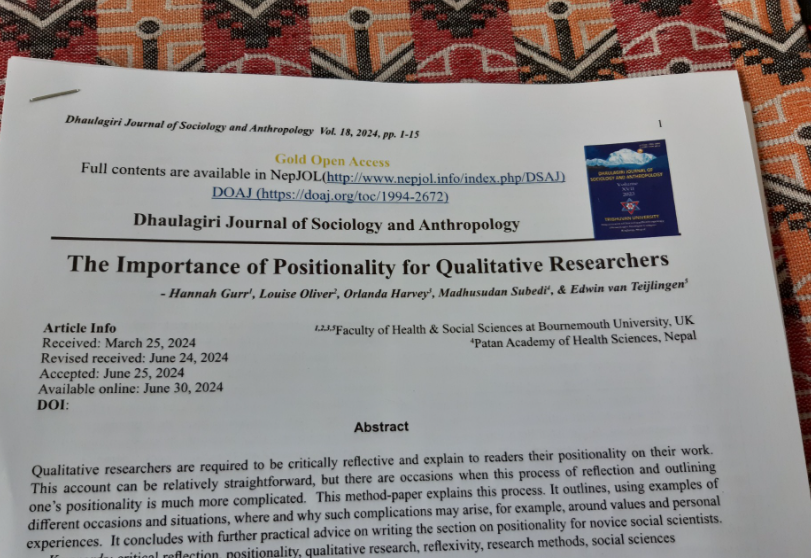
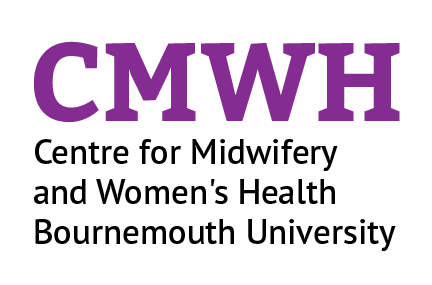
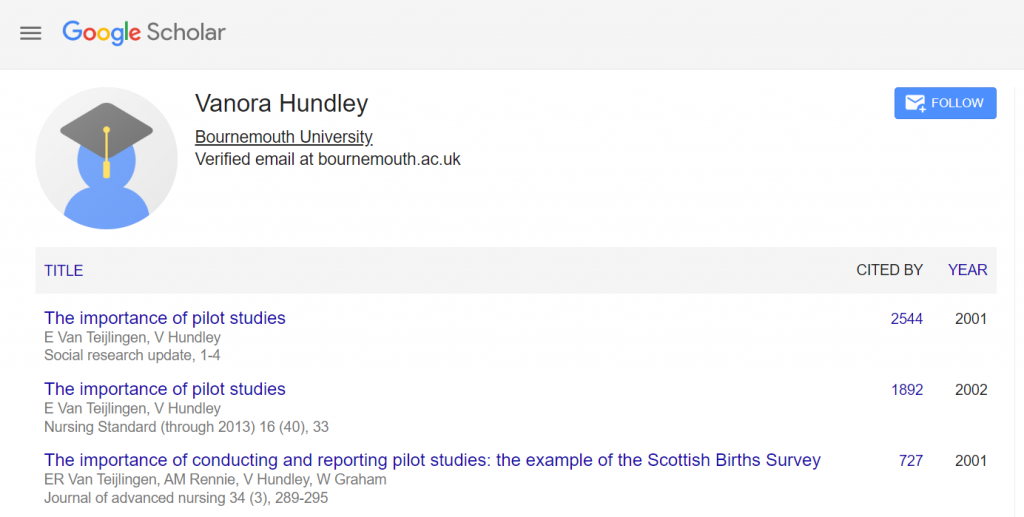
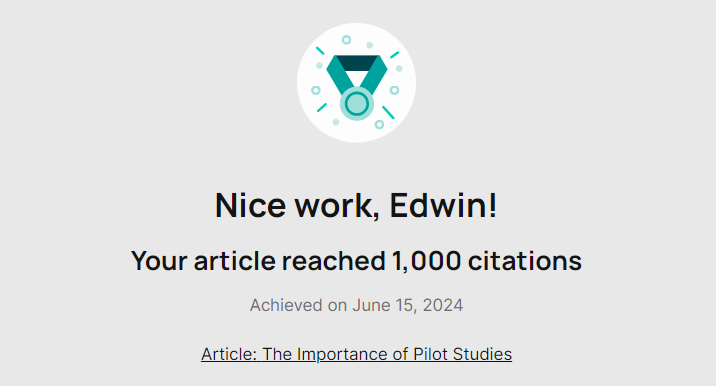

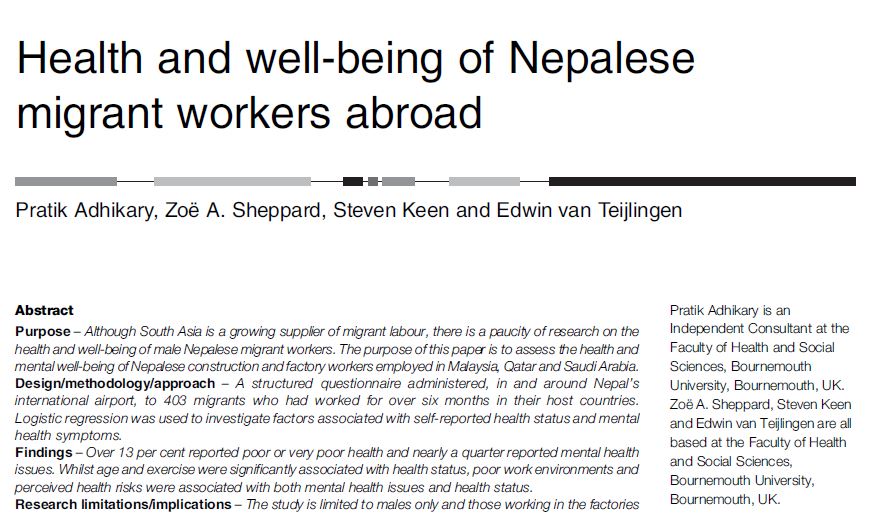

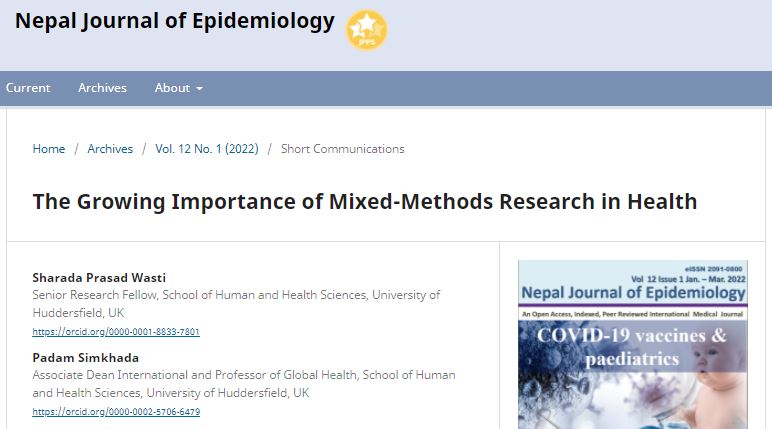
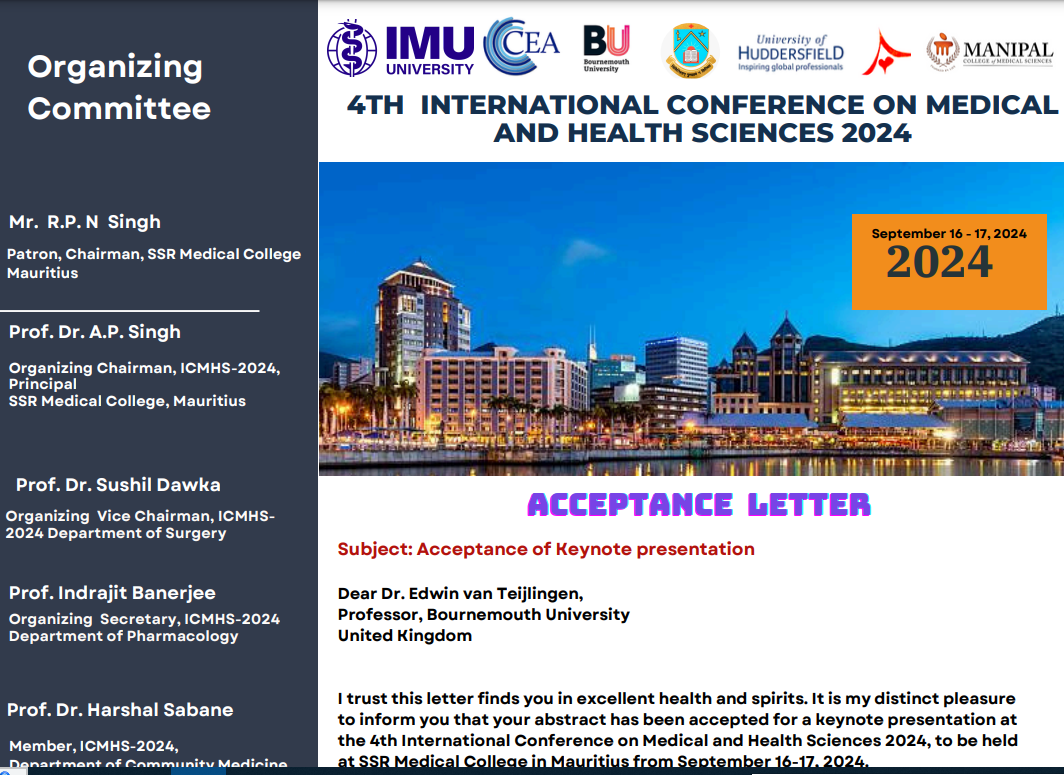
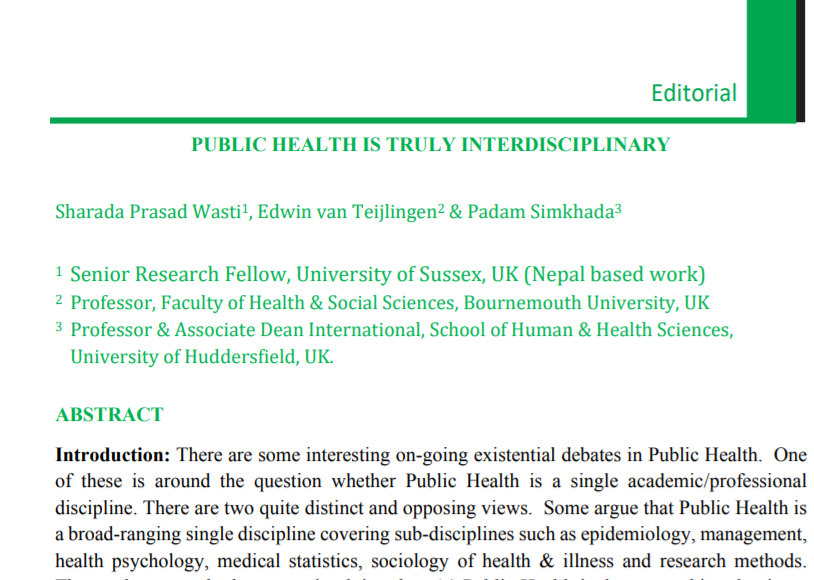

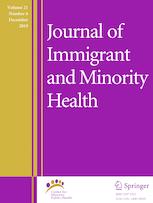
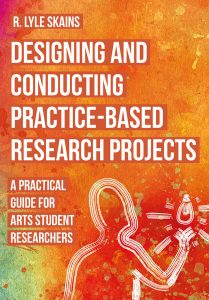
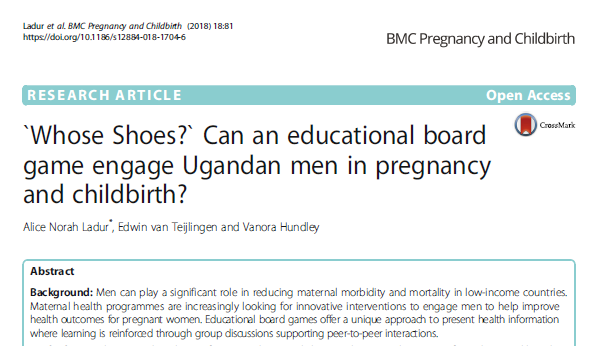



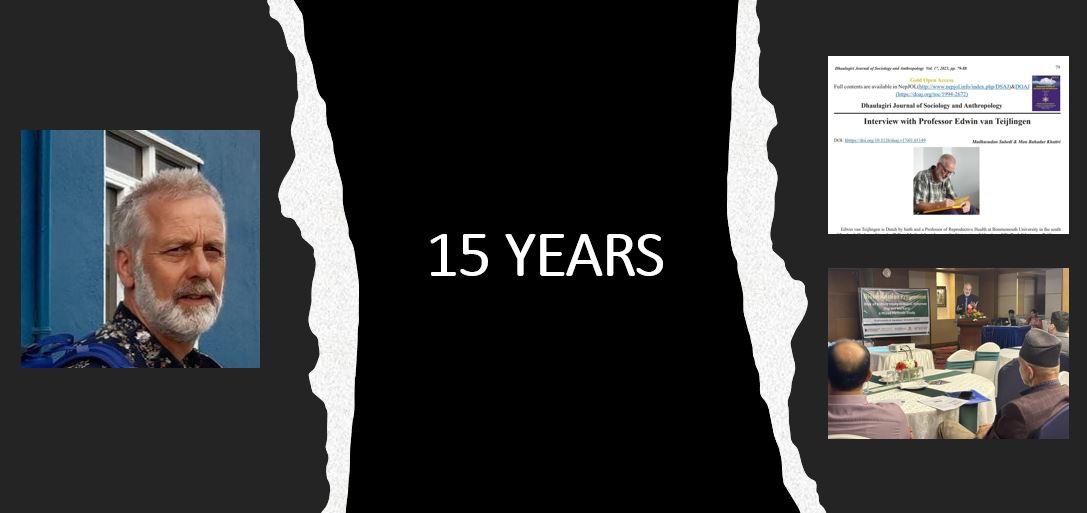
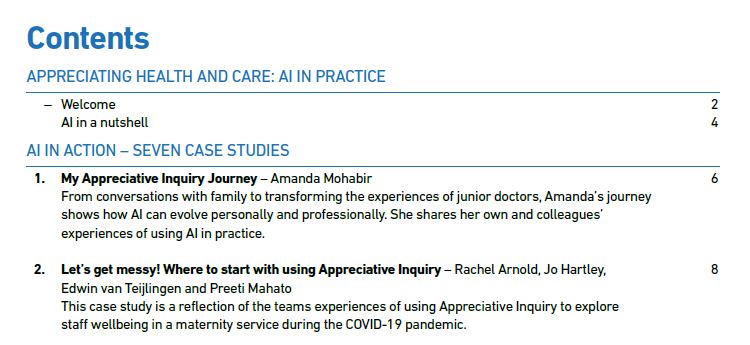

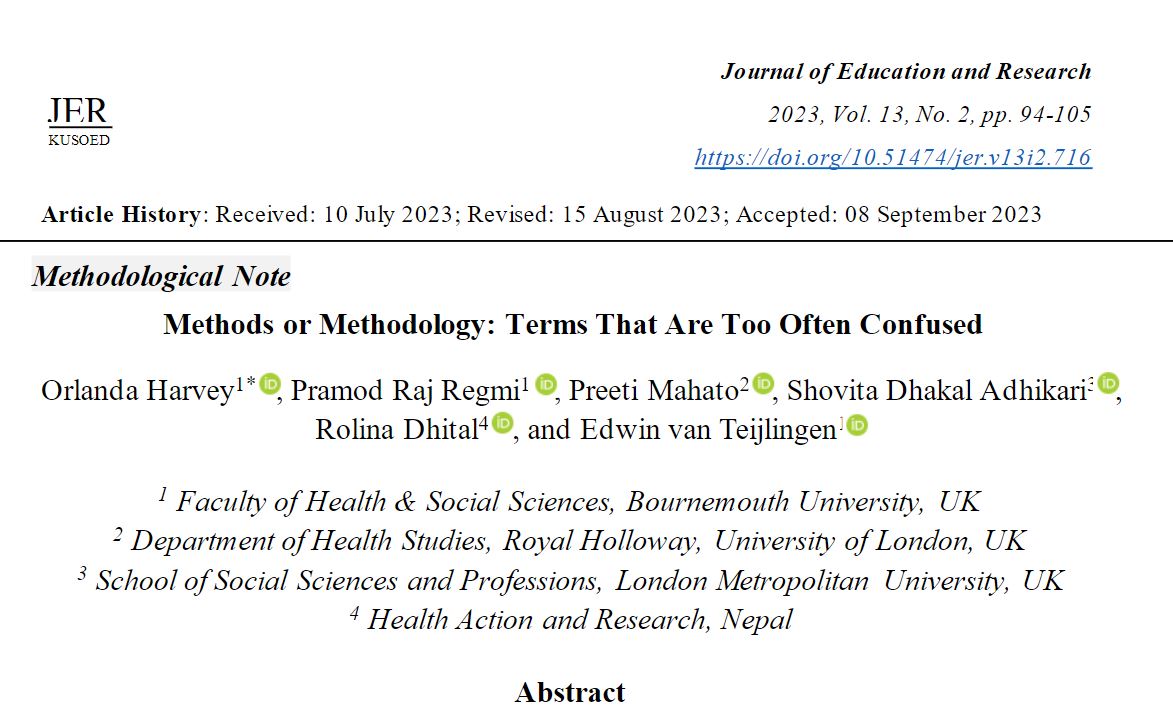
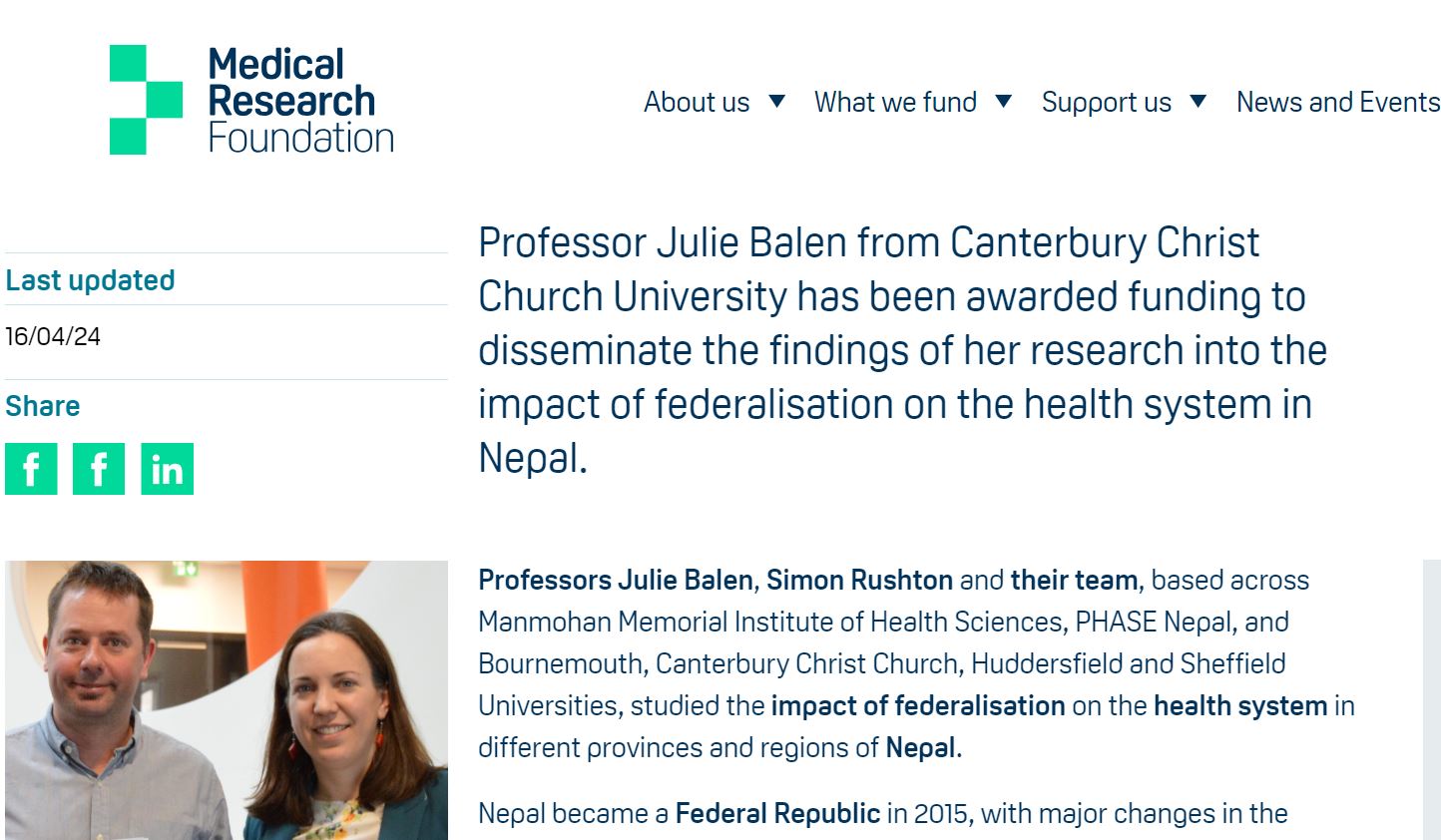
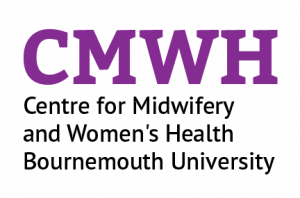
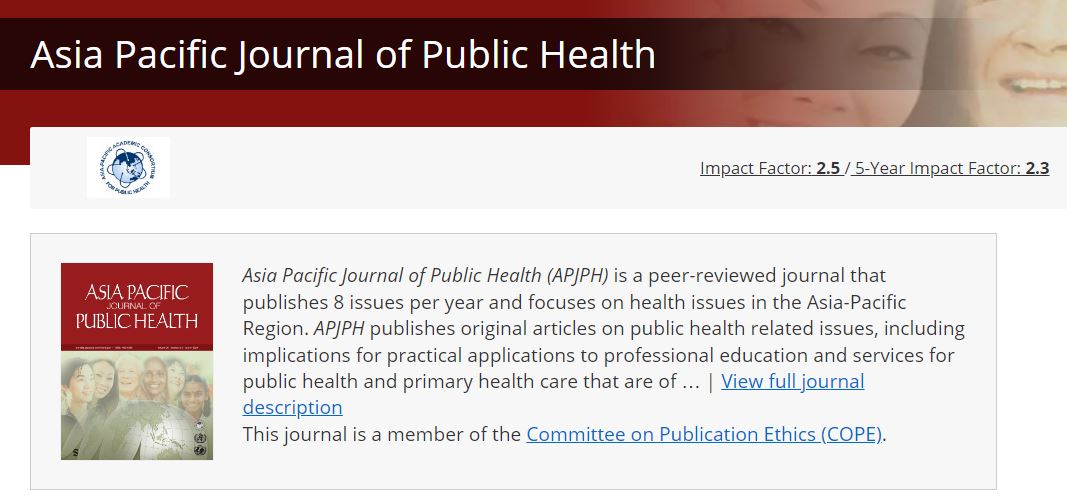
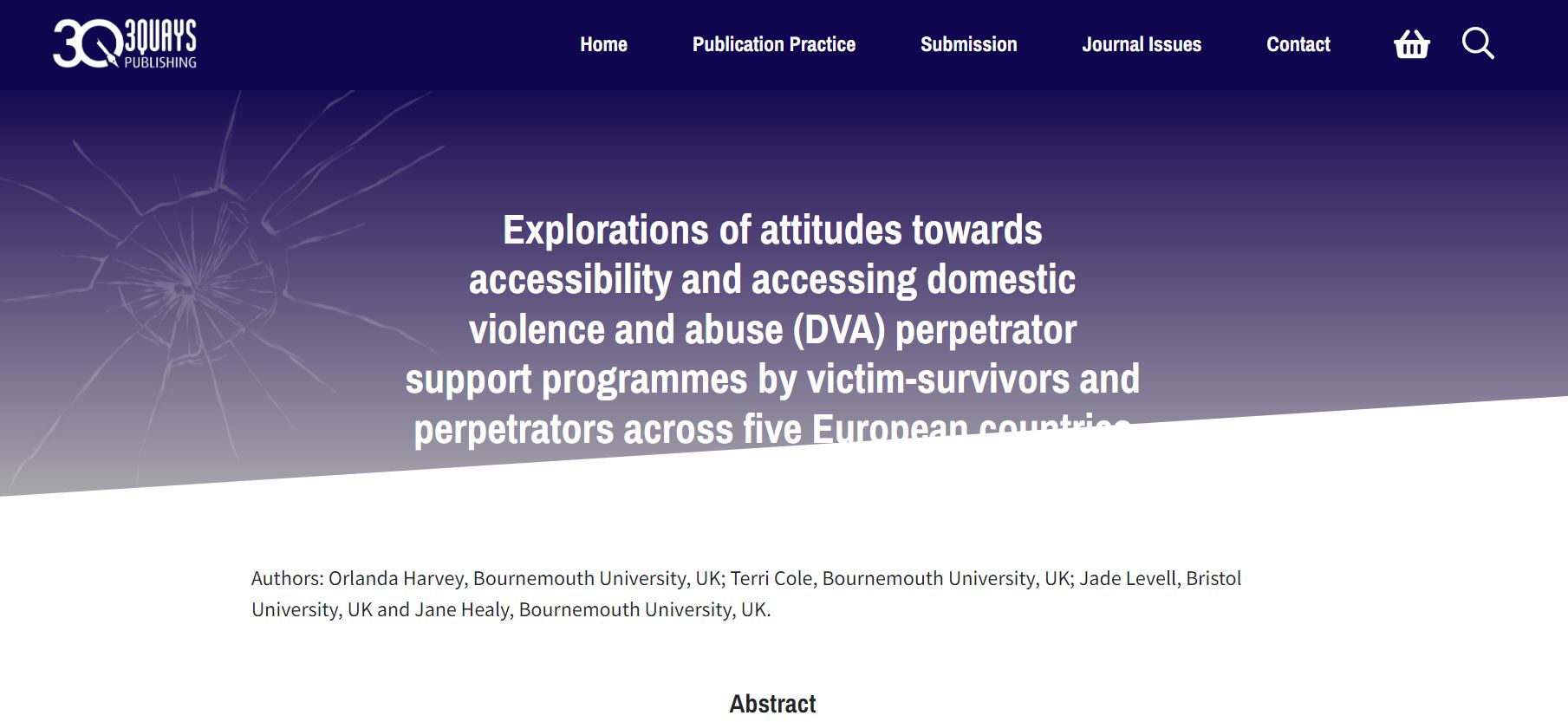


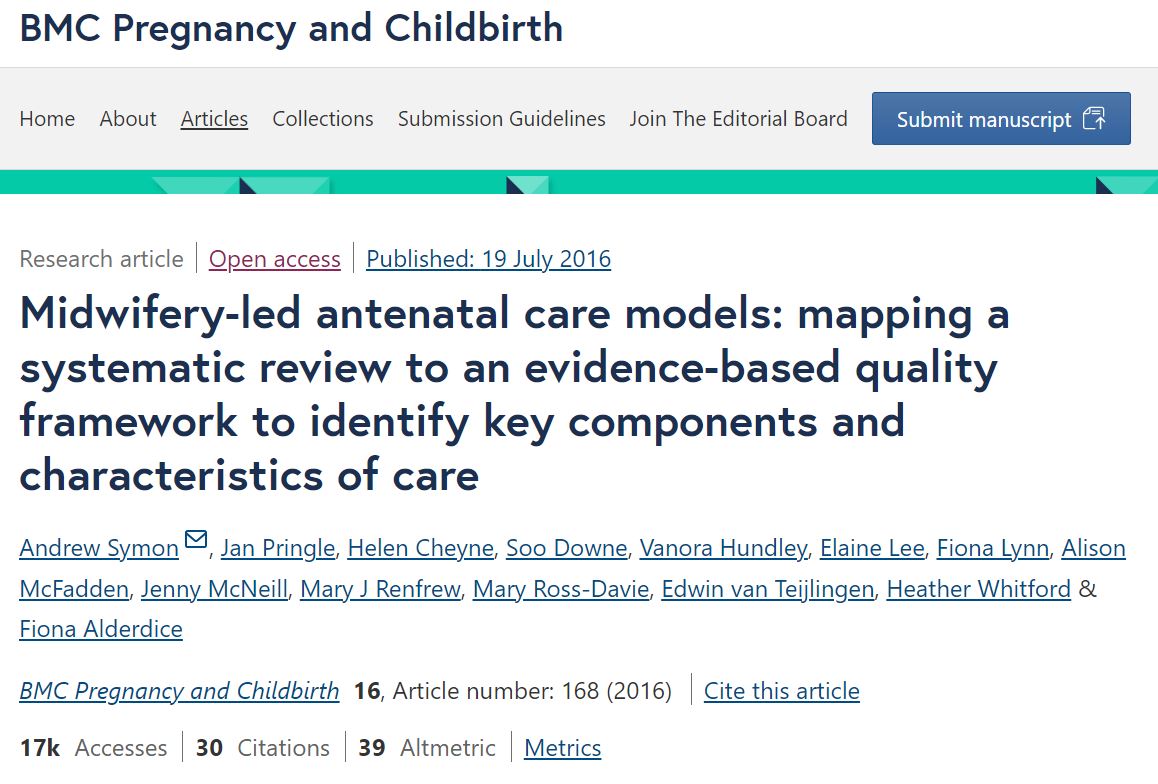











 Final Bournemouth University publication of 2025
Final Bournemouth University publication of 2025 On Christmas Day in the Morning…
On Christmas Day in the Morning… New Nepal scoping review on maternal & neonatal health
New Nepal scoping review on maternal & neonatal health Fourth INRC Symposium: From Clinical Applications to Neuro-Inspired Computation
Fourth INRC Symposium: From Clinical Applications to Neuro-Inspired Computation ECR Funding Open Call: Research Culture & Community Grant – Application Deadline Friday 12 December
ECR Funding Open Call: Research Culture & Community Grant – Application Deadline Friday 12 December MSCA Postdoctoral Fellowships 2025 Call
MSCA Postdoctoral Fellowships 2025 Call ERC Advanced Grant 2025 Webinar
ERC Advanced Grant 2025 Webinar Horizon Europe Work Programme 2025 Published
Horizon Europe Work Programme 2025 Published Horizon Europe 2025 Work Programme pre-Published
Horizon Europe 2025 Work Programme pre-Published Update on UKRO services
Update on UKRO services European research project exploring use of ‘virtual twins’ to better manage metabolic associated fatty liver disease
European research project exploring use of ‘virtual twins’ to better manage metabolic associated fatty liver disease